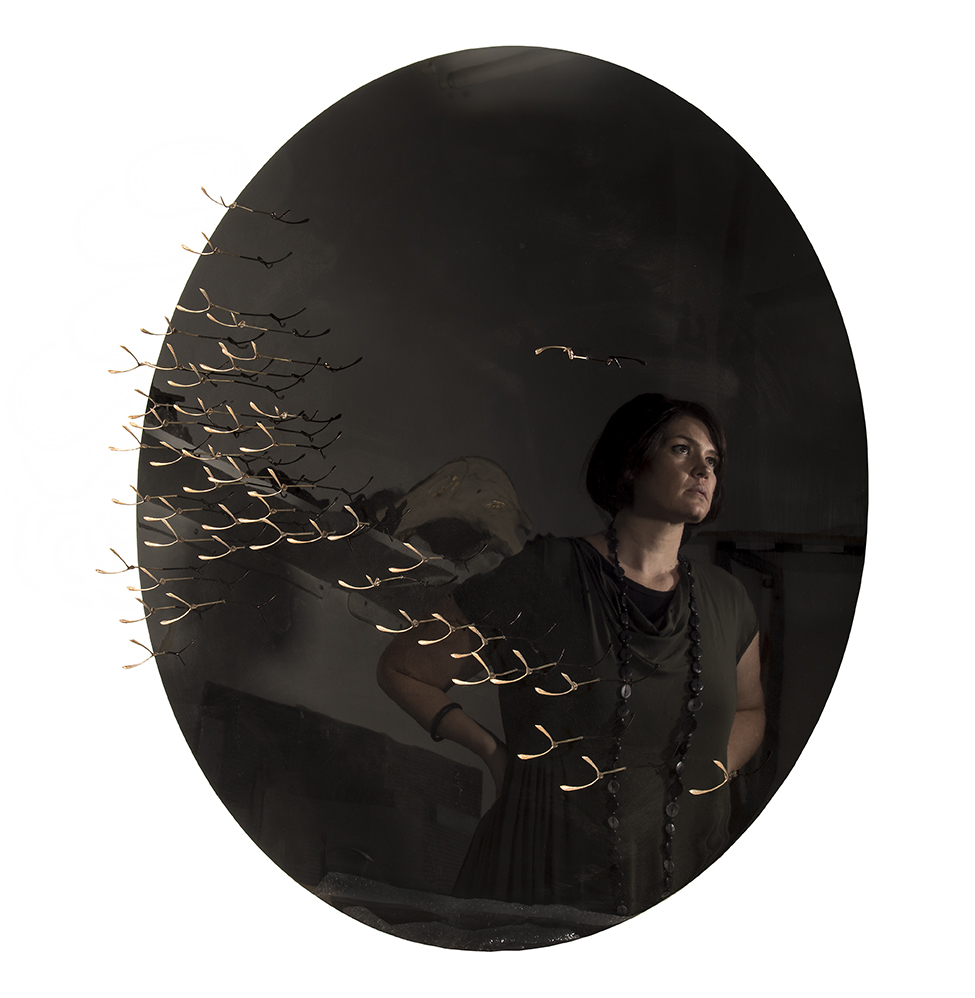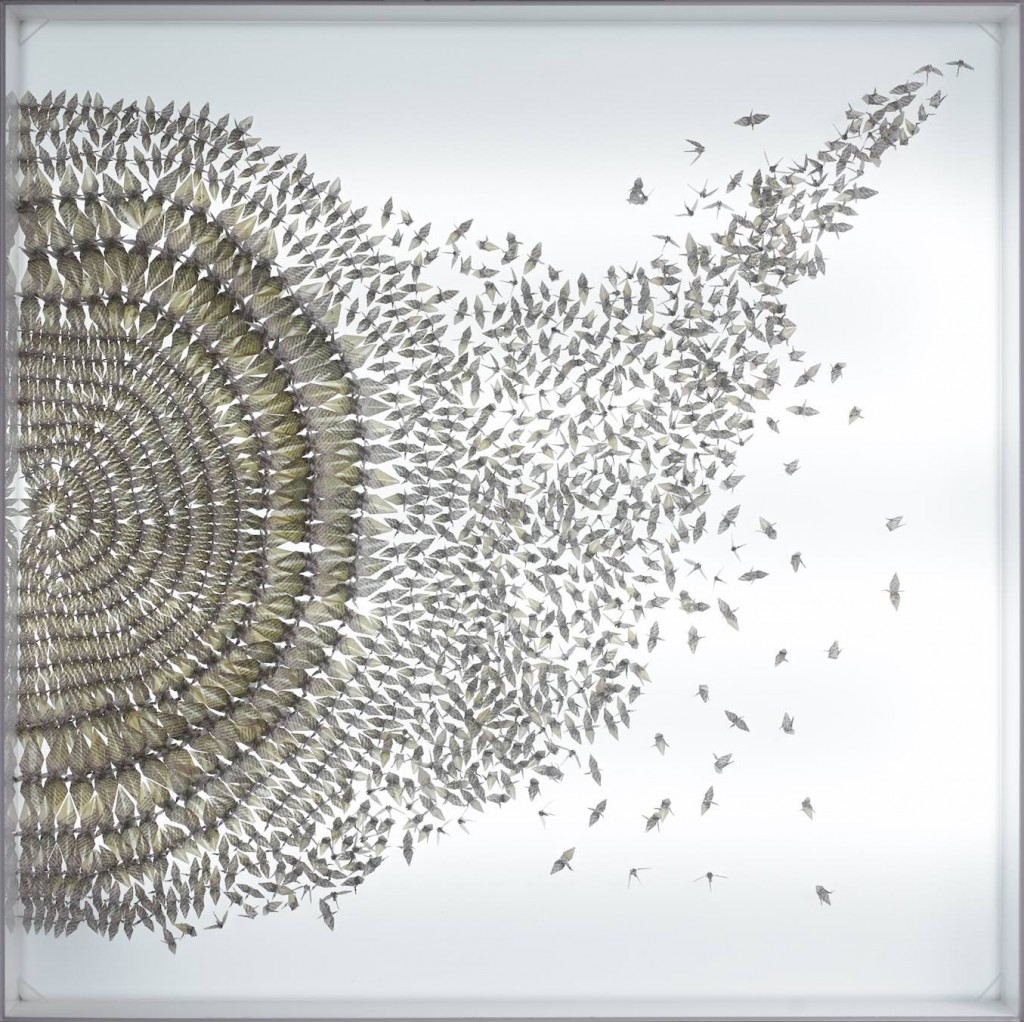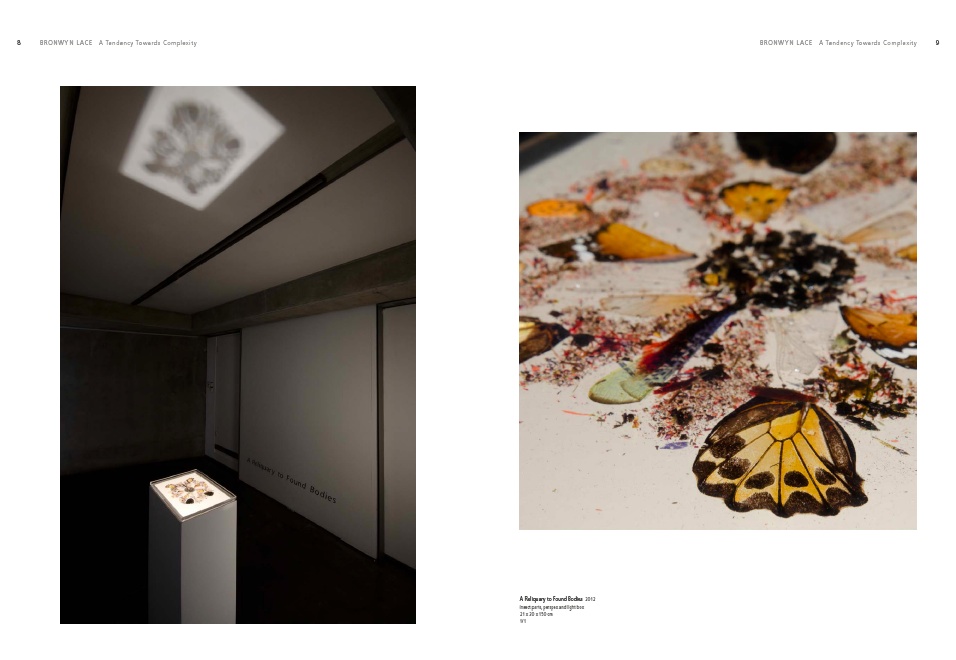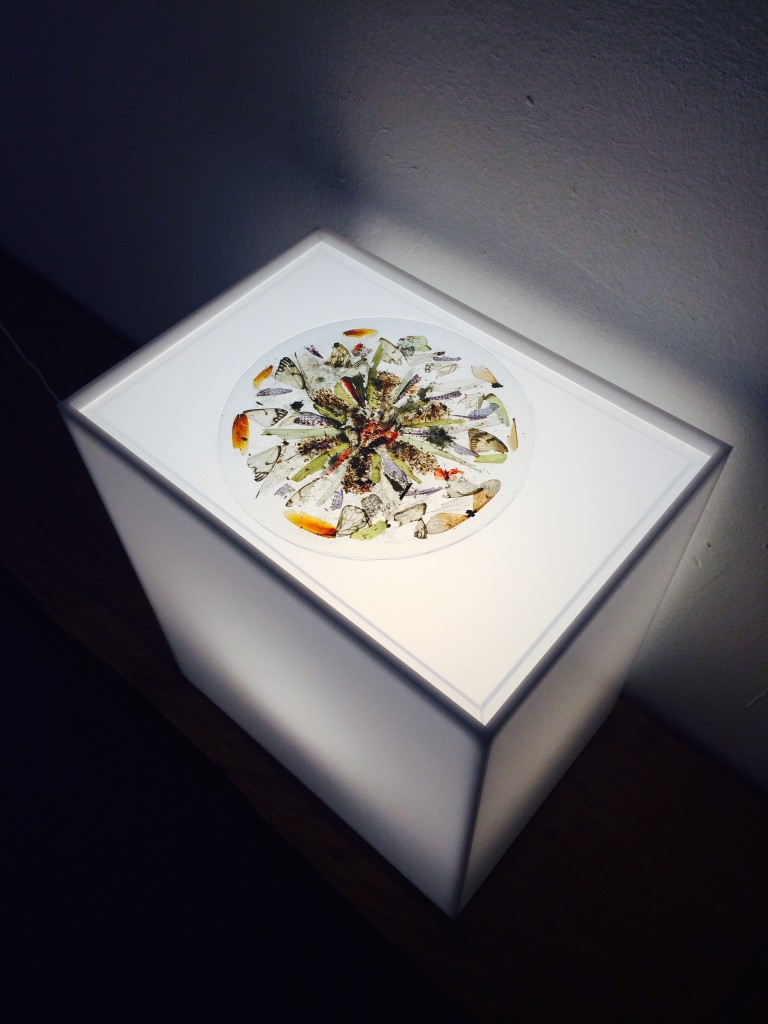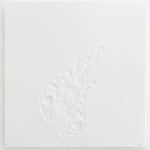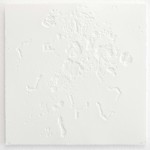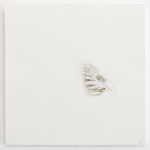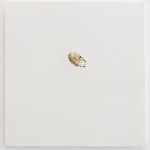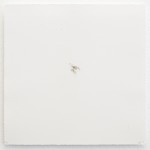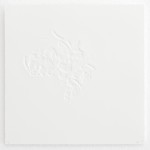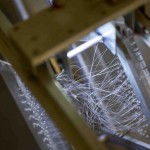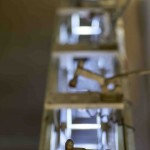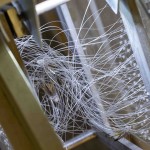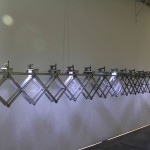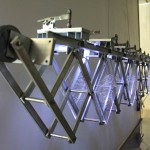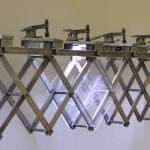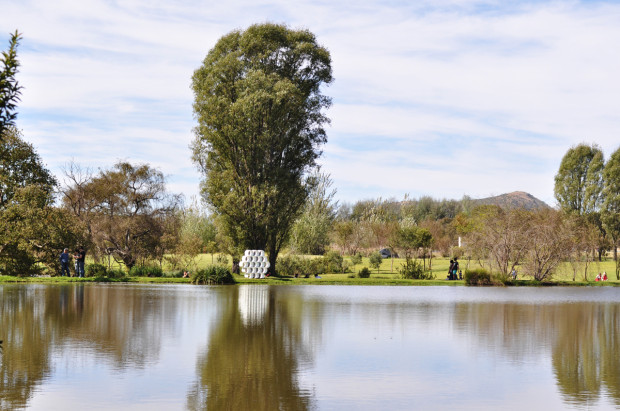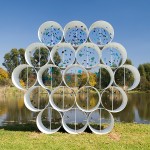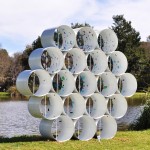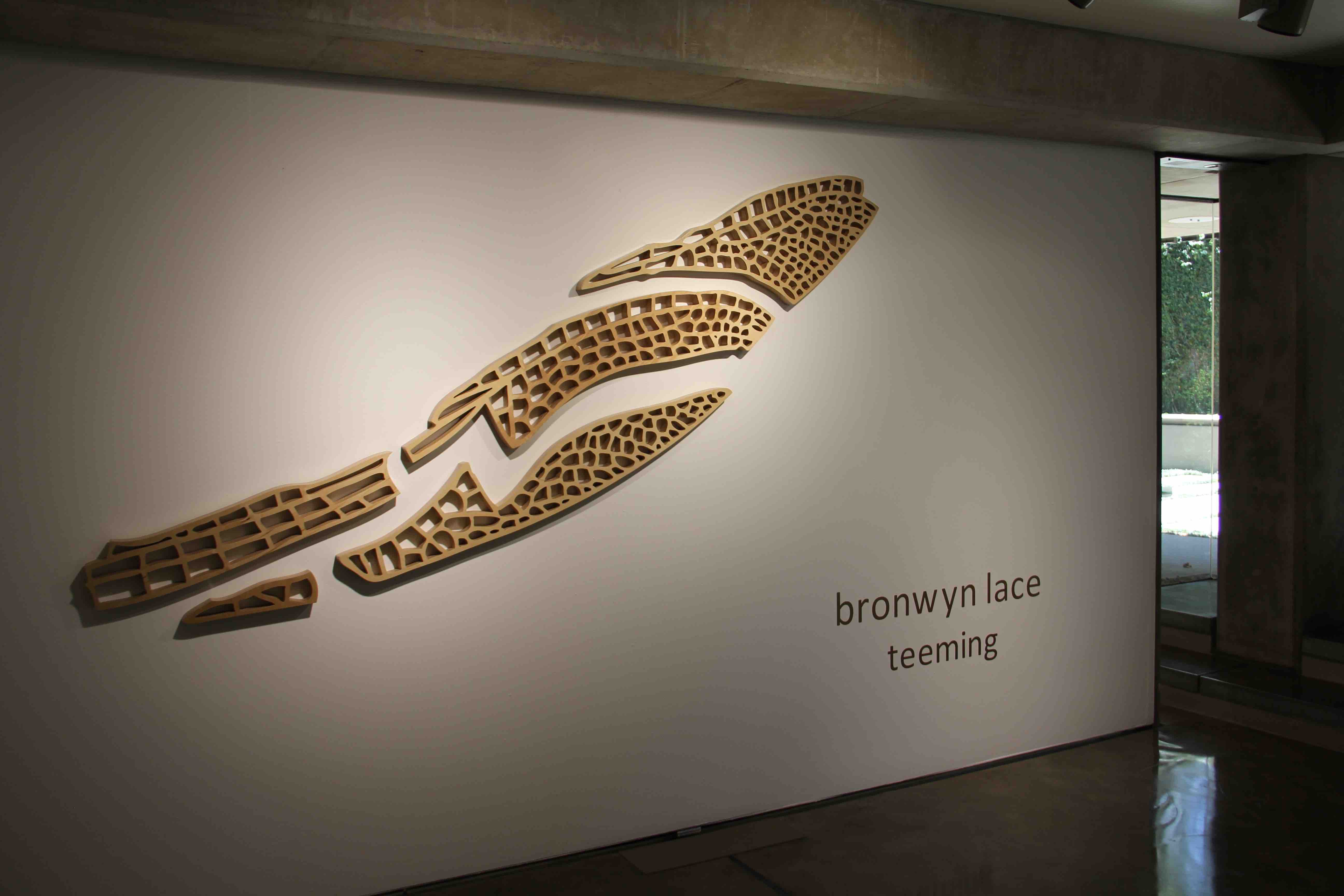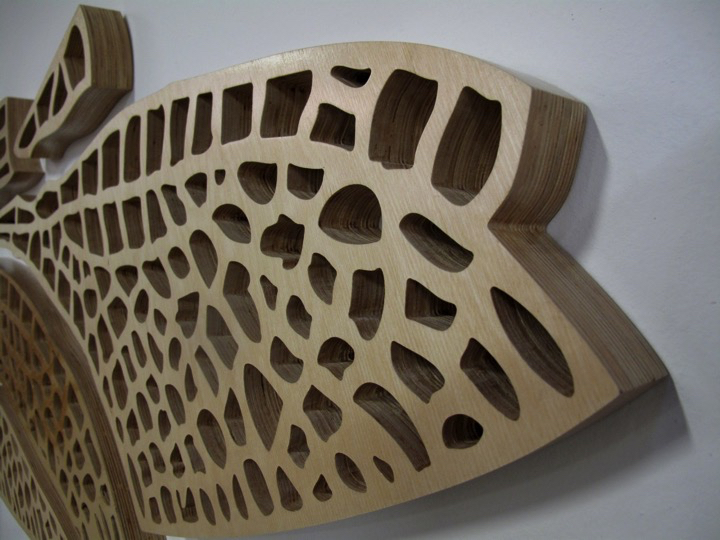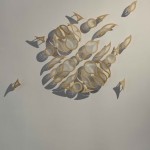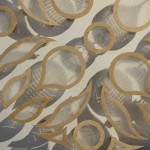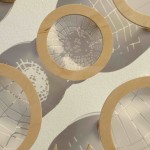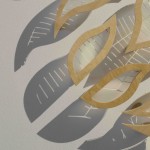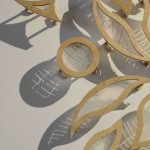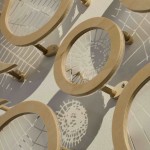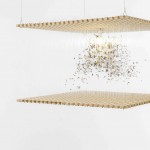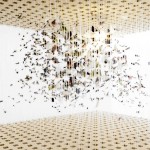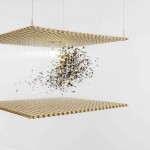Reliquary: Encyclopædia Britannica I, 2015, LED Perspex light box, origami cranes made from Encyclopædia Britannica paper
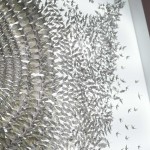
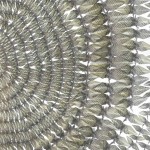
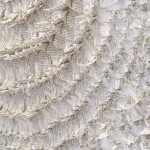
Encyclopædia Britannica is the oldest English language Encyclopedia in the world and in 2012 it was announced that the 2010 edition was the last printed edition that would be published.
In 1974 my parents purchased a set of Encyclopædia Britannica. The set sat on our family-room shelf for 40 years and oversaw the education of 4 children. In the beginning they were referred to regularly, being a vital source of information for many a school project and often the final say to the dinner table debate.
As we grew the power, relevance and accuracy of these books waned. Suddenly a computer arrived and soon after the Internet, at which point they only collected dust. By 2010 in our home and in the world at large the leather bound, gold trim and hefty books were redundant.
In 2014 I collected them from my family home and began to fold their pages into origami cranes.
Reliquary: Encyclopædia Britannica, is a series of works featuring these cranes. The information contained in these books is present but scattered, intricate and obscure.
Photography by Michael Hall
